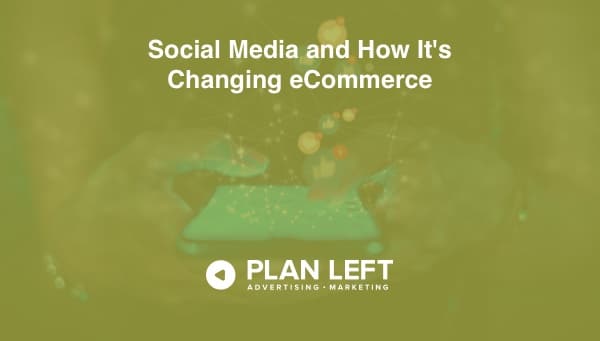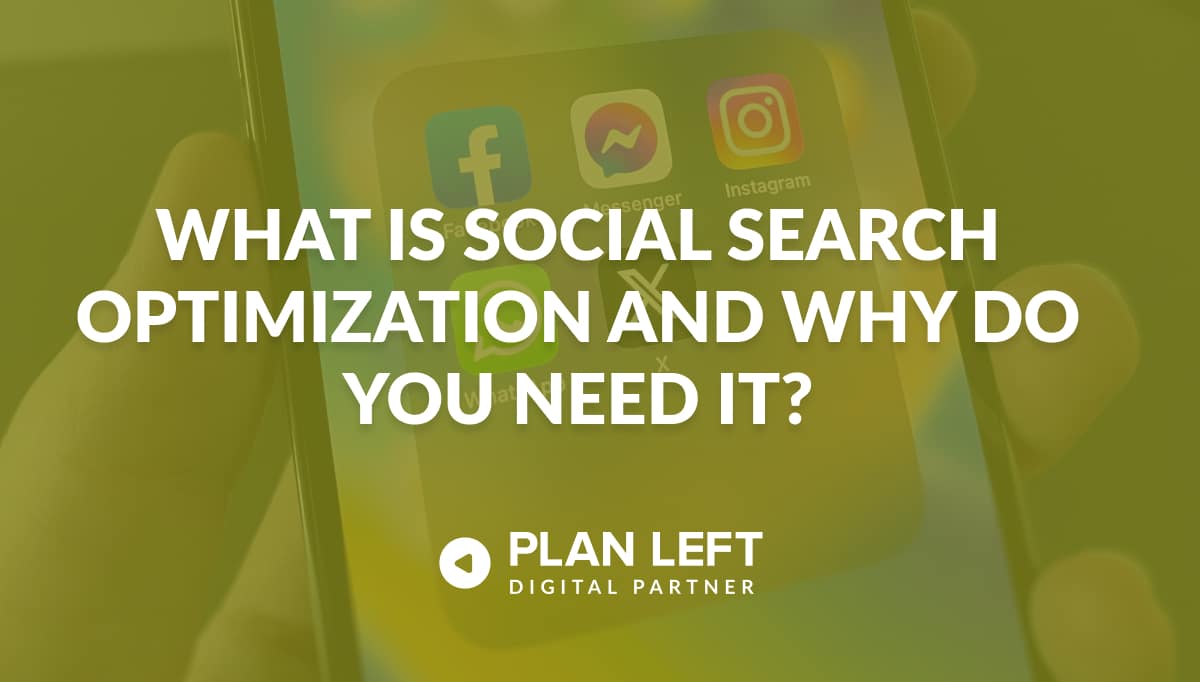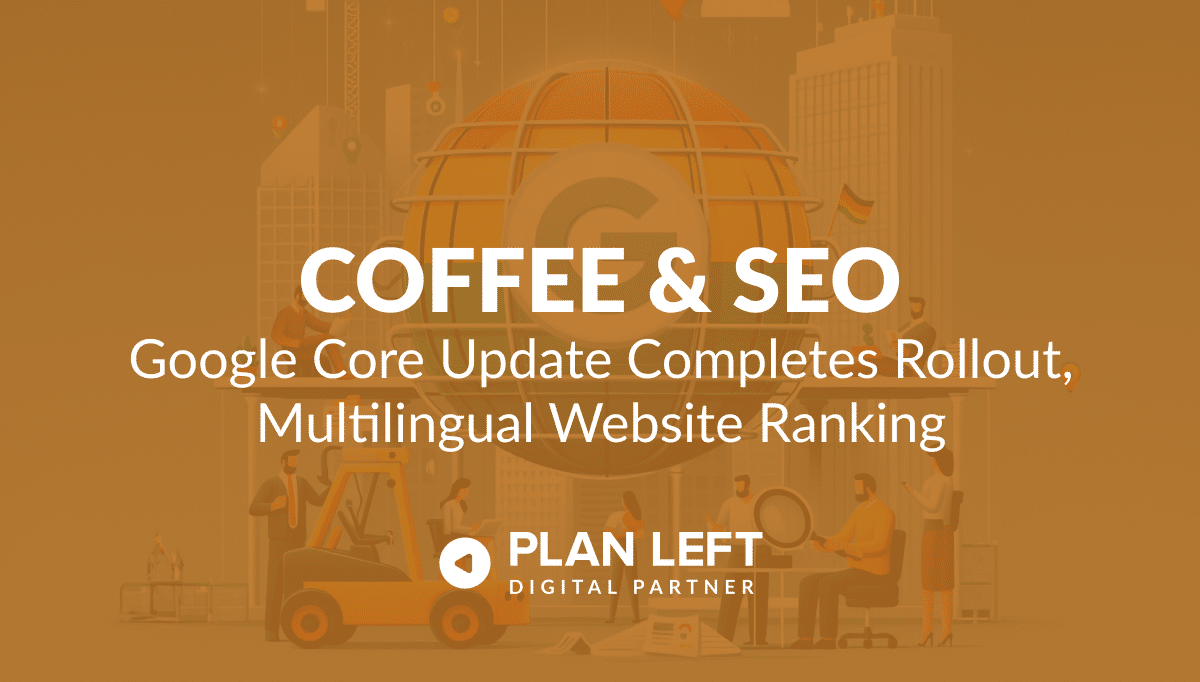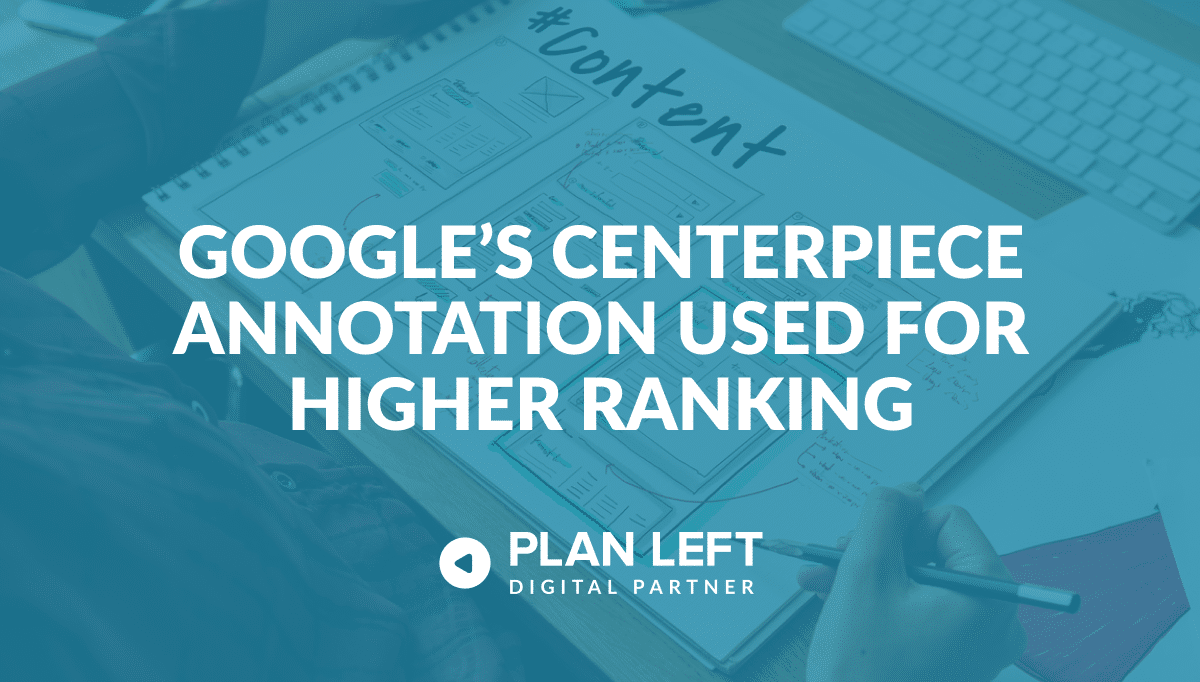
Once upon a time, business owners thought it was enough just to create a social media account here or there to create a presence. They’d have all the relevant information on their Facebook page, their Instagram account, their LinkedIn profile. They’d toss an update or announcement up once a week or so. They’d keep everything up to date. But they were left in the dust by those businesses that took to social media, updated consistently, followed the trends, and stayed informed on the best practices to attract and convert customers via those platforms.
Fast forward to now. Social media is no longer a mere means for keeping in touch with customers, posting enticing images, and announcing sales, specials, and events. Social media is one of the fastest avenues to connecting with a large and varied audience. Studies show that 223 million people use social media in the United States, and 3.2 billion people use it worldwide. You’d be hard-pressed to think of a more efficient way of reaching your target audience. And the only way to really connect with that audience is to consistently provide high-quality, personalized, and interactive content.
Why eCommerce Specifically?
Social media has proven to be a handy tool for brands and marketers across an incredibly diverse spectrum. But why is it so valuable for ecommerce? These days, ecommerce can be built directly into social media platforms; and those brands that take advantage of it are seeing higher exposure and customer conversion rates than their less-savvy counterparts.
Which Social Media Platforms Are Best for eCommerce?
When we look at the numbers, the top three most used social media sites in the U.S. are YouTube, Facebook, and Instagram. These most popular platforms are followed by the likes of Pinterest, LinkedIn, Twitter, and TikTok. Contrary to what you might think, that doesn’t make them the most important to include in your marketing campaign. Even though they’re the top used platforms across the board, things are a little different when we look at it through the lens of ecommerce.
When it comes to driving referrals to your ecommerce site, Facebook, Instagram, and Pinterest rule the roost. If you want to add in another platform, by all means, go for it. Just be careful not to spread yourself (or your CMO) thin by trying to focus on too many social media accounts.
How Do Those Top Three Platforms Benefit Your eCommerce Business?
Facebook is the most used social media site worldwide. This makes it perfect for driving business to your ecommerce website from across the globe. Who knows? You might find that you have a niche market in, say, Germany and give yourself a boost in sales you might not have seen otherwise. While Facebook isn’t as focused on shopping within the app itself, the targeted advertising is unparalleled. Facebook gives your ecommerce business access to a far-reaching audience varying in age, gender, interests, and location. Customers are ripe for the picking for almost any brand that takes advantage of Facebook’s targeted advertising.
If you’ve been on Instagram lately, you already know how seamlessly ecommerce has been built into the app. First and foremost, Instagram is a visual platform. But its social commerce features, including Instagram Shopping and Instagram Checkout, are some of the most advanced out there. Sure, users can post pics of what they bought and share their love for a brand by tagging them; but now those brands can create an entire immersive storefront for Instagrammers to explore. While idly scrolling, a user might come across a visually appealing image or interactive story posted by a brand. One tap of the image reveals a clickable tag that takes that user directly to a product description page.
Even more direct is Instagram Checkout, launched in 2019, which allows users to add an item to a cart and purchase it without even leaving the Instagram app. How much easier can it get for an ecommerce business to convert a customer almost instantly?
Finally, while Pinterest isn’t in the top three most used social media platforms, it’s certainly one of the most useful and valuable in the ecommerce world. Those who don’t frequent Pinterest might still think of it as a virtual mood board of sorts. That’s fair; those are basically Pinterest’s roots. But it’s become much, much more, especially since it added features like shopping tools and paid campaigns to allow brands to reach their target audiences. Because users mostly go to Pinterest with the intention of searching for something in particular, they end up buying items they come across organically much more often than on other social platforms. In fact, 97% of Pinterest searches are unbranded. That makes it the perfect opportunity for smaller ecommerce brands to get their names in front of consumers in the earliest stages of the buyer’s journey.
If you’ve owned or marketed a business in the last decade or so, you know how important it is to have a social media presence. That’s especially true for ecommerce businesses. But the way social media has changed ecommerce makes it imperative to have more than just a presence there. With tools like targeted ads and in-app shopping and checkout, the customer experience is pleasurable and seamless. With a little extra work on your part in implementing these tools, your ecommerce business is bound to gain a whole new appreciation for social media.
Explore Latest Posts
While Google and other search engines drive more than 68% of all online traffic, younger generations are turning to social ... read more
May 7, 2024
Google updated its documentation around troubleshooting the loss of website rank after the Core update completed its rollout, along with ... read more
May 3, 2024
Back in 2021, Google’s Martin Splitt mentioned Centerpiece Annotations during a Duba webinar, and earlier this month, Gary Illyes mentioned ... read more
April 30, 2024
MARKETING insights
Join the Thousands Who Receive Our Twice-Monthly Newsletter.
It's hard to keep up. Our newsletter is packed with buyer behavior insights, the latest marketing and technology updates, work/life balance tips, and—because we ❤️ our support staff—adorable pets looking for forever homes. Only twice per month. No clogged inboxes. You can't say no.




